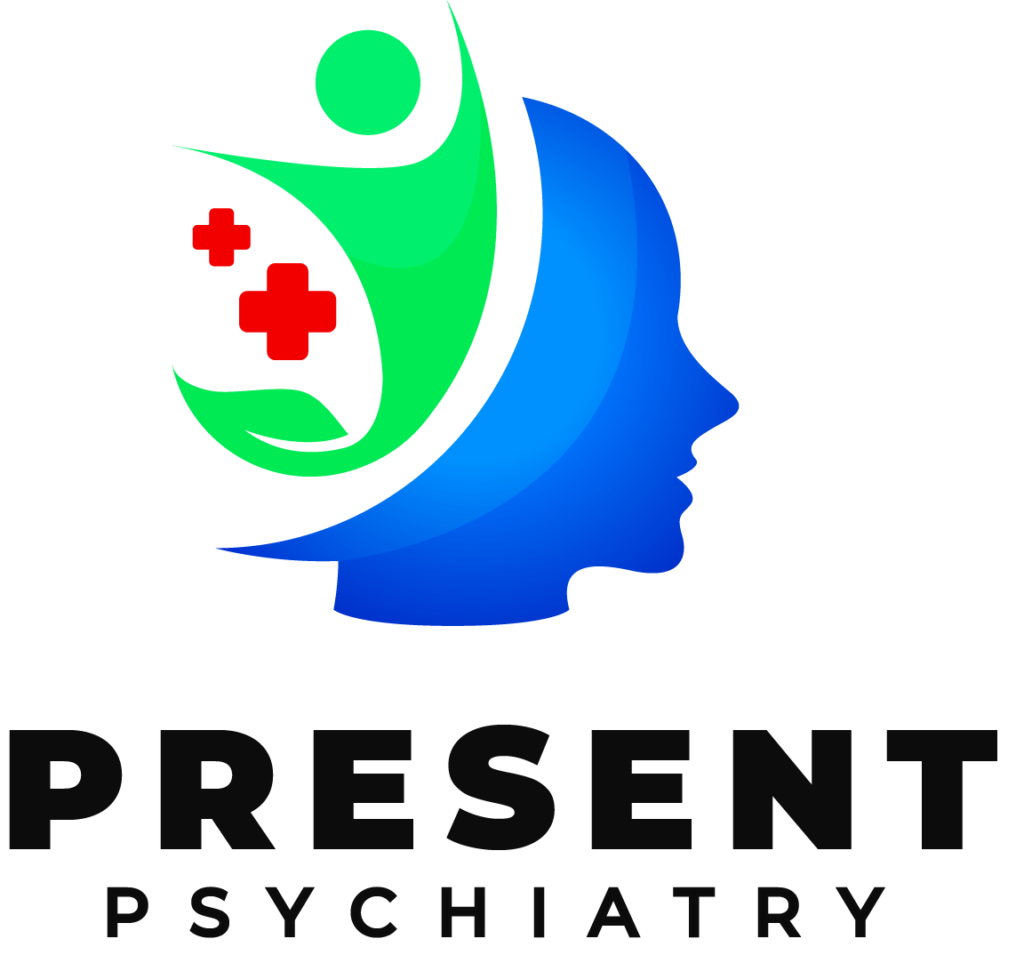Alcohol addiction, also known as alcoholism or alcohol use disorder (AUD), is a complex condition characterized by an inability to control or stop drinking despite adverse consequences. It’s a chronic disease that affects millions of people worldwide. Understanding the mechanisms of alcohol addiction can help in developing effective treatments and support systems for those struggling with this disorder.
The Neurobiology of Alcohol Addiction
Alcohol affects the brain’s reward system, which is primarily centered around the neurotransmitter dopamine. Here’s a breakdown of the key mechanisms involved in alcohol addiction:
Dopamine and the Reward Pathway:
Initial Effects: When alcohol is consumed, it increases the release of dopamine in the brain’s reward pathway, particularly in areas like the nucleus accumbens. This surge of dopamine creates feelings of pleasure and euphoria, reinforcing the behavior of drinking.
Chronic Use: With repeated alcohol use, the brain’s reward system becomes less responsive to dopamine. This means that over time, a person needs to drink more alcohol to achieve the same pleasurable effects, leading to tolerance.
GABA and Glutamate:
GABA (Gamma-Aminobutyric Acid): Alcohol enhances the effects of GABA, a neurotransmitter that produces calming effects. This is why alcohol can initially reduce anxiety and promote relaxation.
Glutamate: Alcohol inhibits the function of glutamate, which is involved in excitatory neurotransmission. This contributes to the sedative effects of alcohol.
Neuroadaptation:
Tolerance: As the brain adapts to the presence of alcohol, it becomes less sensitive to its effects. This neuroadaptation leads to tolerance, where increasing amounts of alcohol are needed to achieve the desired effect.
Dependence: With continued use, the brain starts to function normally only when alcohol is present. This leads to physical dependence, where the absence of alcohol causes withdrawal symptoms such as anxiety, tremors, and seizures.
Withdrawal and Negative Reinforcement:
Withdrawal Symptoms: When a person with alcohol dependence stops drinking, they experience withdrawal symptoms. These symptoms can be severe and include physical and psychological distress.
Negative Reinforcement: To avoid the discomfort of withdrawal, individuals may continue drinking. This creates a cycle of dependence and addiction, where alcohol use is maintained not just for pleasure but to prevent negative feelings.
Genetic and Environmental Factors
Genetic Predisposition:
Studies have shown that genetics play a significant role in the risk of developing alcohol addiction. Individuals with a family history of alcoholism are more likely to develop the disorder themselves.
Environmental Influences:
Stress and Trauma: High levels of stress and traumatic experiences can increase the likelihood of alcohol use as a coping mechanism.
Social and Cultural Factors: Peer pressure, cultural norms, and availability of alcohol can also influence drinking behavior.
Psychological Mechanisms
Coping Mechanism:
Many people use alcohol to cope with stress, anxiety, depression, or other psychological issues. Over time, this can lead to dependence and addiction.
Behavioral Conditioning:
The association of alcohol use with certain activities, people, or emotions can condition individuals to crave alcohol in those contexts. This can make quitting difficult as triggers are encountered in daily life.
Treatment Approaches
Behavioral Therapies:
Cognitive-behavioral therapy (CBT) and motivational interviewing are effective in addressing the thoughts and behaviors associated with alcohol use.
Support groups like Alcoholics Anonymous (AA) provide social support and accountability.
Medications:
Medications such as naltrexone, acamprosate, and disulfiram can help reduce cravings and manage withdrawal symptoms.
Integrated Care:
Combining medical treatment, therapy, and support groups provides a comprehensive approach to treating alcohol addiction. This integrated care helps address the physical, psychological, and social aspects of the disorder.
Conclusion
Alcohol addiction is a multifaceted disorder that involves complex interactions between biological, psychological, and environmental factors. Understanding these mechanisms is crucial for developing effective prevention and treatment strategies. With the right support and treatment, recovery is possible, and individuals can lead fulfilling lives free from the grips of alcohol addiction.
WE STRIVE HARD AND PROMISE TO DELIVER
- 5600 NW Central Dr Suite 280, Houston, TX 77092, United States
- +1 832-552-1578
- inquire@presentpsychiatry.com



